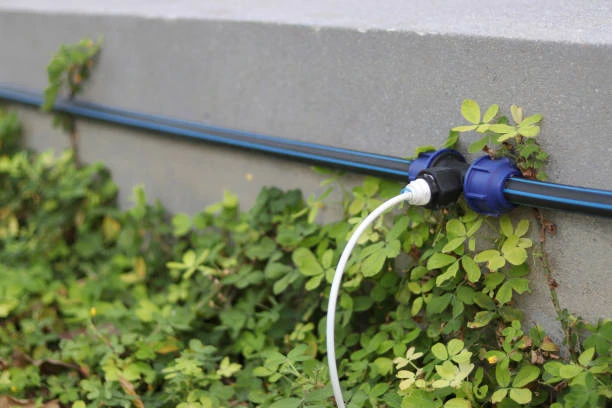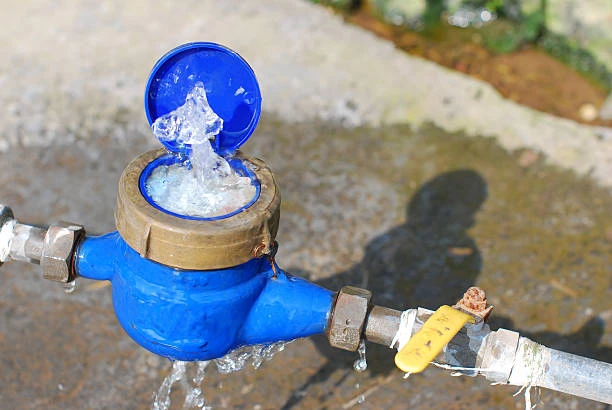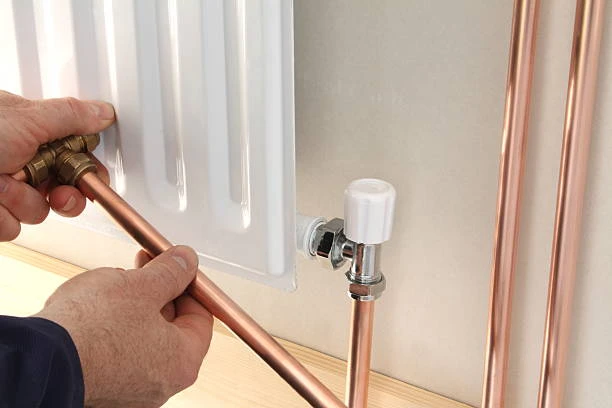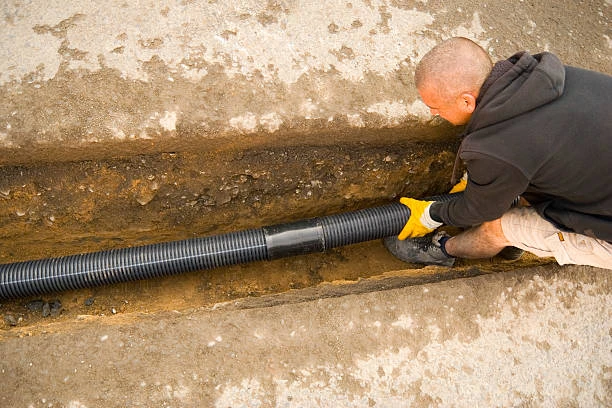1. Introduction
High-Density Polyethylene (HDPE) pipes are widely used in water supply, gas distribution, agriculture, drainage, and industrial applications. Known for their durability, flexibility, and corrosion resistance, HDPE pipes are a long-term investment in infrastructure. However, understanding HDPE pipe prices is essential for project planning and budgeting.
In this article, we explore the factors that affect HDPE pipe pricing, typical cost ranges, and tips for selecting the right product without overspending.
2. Frequently Asked Questions (FAQ)
1. What is the average price of HDPE pipe per meter?
It varies by diameter, pressure rating, and region. Prices can range from $0.5 to $10 per meter or more.
2. Why do HDPE pipe prices fluctuate?
Prices are influenced by raw material costs, oil prices, demand, production standards, and shipping fees.
3. Are black HDPE pipes cheaper than colored ones?
Generally, yes. Colored HDPE pipes (e.g., blue for water, yellow for gas) may include added pigments and cost slightly more.
4. Is buying HDPE pipe in bulk cheaper?
Yes. Most manufacturers and distributors offer lower unit prices for large orders.
5. Do certified HDPE pipes cost more?
Pipes with certifications (ISO, ASTM, etc.) may cost more due to quality assurance and testing, but they ensure safety and durability.
3. What Affects the Price of HDPE Pipes?
Several factors contribute to the final cost of HDPE pipes. Understanding these can help you evaluate quotes more effectively.
a. Diameter and Wall Thickness
The larger the outside diameter (OD) and the thicker the wall (higher SDR), the more material is used—leading to higher costs.
b. Pressure Rating (PN Class)
Pipes rated for higher pressures (PN10, PN16, PN20, etc.) require thicker walls and more durable materials, increasing the price.
c. Raw Material Costs
HDPE is a petrochemical product, so prices are closely tied to oil and natural gas markets. Fluctuations in these markets impact pipe prices.
d. Standards and Certifications
Pipes manufactured under strict standards such as ISO 4427, ASTM D3035, or EN 12201 typically involve rigorous testing and higher-quality materials.
e. Color and Additives
Black HDPE pipe is usually standard. Pipes with color coding (blue for water, yellow for gas) or UV-resistant additives may be slightly more expensive.
f. Logistics and Shipping
The cost of transporting heavy or bulky items like HDPE pipes impacts the final delivered price, especially in remote or overseas regions.
g. Order Quantity and Customization
Large-volume purchases or custom sizes often attract bulk discounts or incur additional tooling/setup costs, depending on the supplier.
4. Typical Price Ranges by Diameter (Indicative)
| Pipe Size (OD mm) | SDR11 (High Pressure) | SDR17 (Medium Pressure) | SDR26 (Low Pressure) |
|---|---|---|---|
| 20 mm | $0.5 – $0.8/m | $0.4 – $0.7/m | $0.3 – $0.6/m |
| 50 mm | $1.0 – $2.0/m | $0.8 – $1.6/m | $0.7 – $1.4/m |
| 110 mm | $3.5 – $6.0/m | $2.8 – $5.0/m | $2.0 – $4.0/m |
| 160 mm | $6.5 – $9.5/m | $5.0 – $8.0/m | $4.0 – $6.5/m |
| 200 mm | $9.0 – $14.0/m | $7.5 – $12.0/m | $6.0 – $10.0/m |
Note: Prices vary by region, raw material index, and supplier.
5. Comparing HDPE Pipe Prices by Application
| Application | Pipe Color | Typical Price Range | Notes |
|---|---|---|---|
| Potable Water | Blue | Medium | Certified pipe required |
| Gas Distribution | Yellow | Medium-High | Must meet safety regulations |
| Agriculture | Black | Low-Medium | Non-certified versions available |
| Drainage | Black | Low | Low-pressure ratings |
| Industrial Fluids | Black/Green | Medium-High | Often custom specified |
6. Tips for Buying HDPE Pipes at the Best Price
a. Request Multiple Quotes
Always compare offers from at least three suppliers. Pay attention to delivery terms, certifications, and technical specifications.
b. Buy in Bulk
For large-scale projects, buying full container loads or multiple coils can significantly reduce the unit price.
c. Verify Standards
Avoid very cheap pipes without certification—they may not meet pressure or durability requirements and could lead to long-term failure.
d. Choose Standard Sizes
Standard OD sizes are mass-produced and more affordable. Avoid custom molds unless necessary.
e. Negotiate Payment Terms
Many suppliers offer discounts for early payment or long-term contracts.
7. Price vs. Quality: What Matters Most?
Cheap HDPE pipes may seem attractive but may lack the strength, flexibility, or lifespan needed. Always balance price with:
Certified Material Grade (PE80, PE100)
Smooth internal surfaces
Pressure rating accuracy
UV resistance (for outdoor use)
Fusion compatibility
Paying slightly more upfront often means fewer repairs, less downtime, and better performance over decades.
8. HDPE Pipe vs Other Materials: Cost Comparison
| Material | Average Cost per Meter | Lifespan | Maintenance Cost | Flexibility |
|---|---|---|---|---|
| HDPE | Medium | 50–100 years | Low | Excellent |
| PVC | Low | 30–50 years | Medium | Low |
| Steel | High | 20–40 years | High | Very Low |
| Copper | High | 40–70 years | Medium-High | Low |
| PPR | Medium | 30–50 years | Low | Medium |
9. Conclusion
Understanding HDPE pipe prices requires a clear view of technical specifications, market trends, and installation requirements. While prices can vary significantly based on size, pressure rating, and certifications, the overall value of HDPE piping lies in its longevity, flexibility, and low maintenance.
Whether for municipal water lines, irrigation, or industrial systems, HDPE pipe offers a balance between performance and cost that few other materials can match. Choosing the right pipe—and supplier—can ensure the success of your project and long-term savings.
IFAN international standard
HDPE pipes are manufactured in accordance with multiple international standards to ensure quality, durability, and application safety. In the U.S., ASTM D3035 and ASTM D3350 define the dimensional and material requirements for HDPE pressure pipes. ISO 4427 and EN 12201 are widely accepted global and European standards for HDPE pipes in water and wastewater systems. DIN 8074/8075 specify German technical norms, while GB/T 13663 is the standard in China. AS/NZS 4130 applies in Australia and New Zealand, and JIS K6760 covers Japanese quality criteria. BS 6572 outlines standards for HDPE pipes in the UK, and CSA B137.1 regulates their use in Canada. These standards ensure that HDPE piping systems meet essential criteria for pressure resistance, chemical stability, and long-term performance in infrastructure and industrial applications.
Connect
IFAN is a reputable Chinese manufacturer with 30 years of expertise in plastic pipes, fittings, and valves. We specialize in copper fittings, brass valves, and plastic piping solutions that meet a wide range of plumbing needs.
If you want to learn more about our cost-effective valve products and comprehensive piping systems, please contact us. Our professional team will reply within 24 hours to assist with your requirements.
Contact Information:
- For more information,pls visit our webside https://waterpipefitting.com/
Pls Mailto: [email protected]
Whatsapp: +86 15088288323
Feel free to reach out anytime for questions about our products or technical advice.














Recent Comments